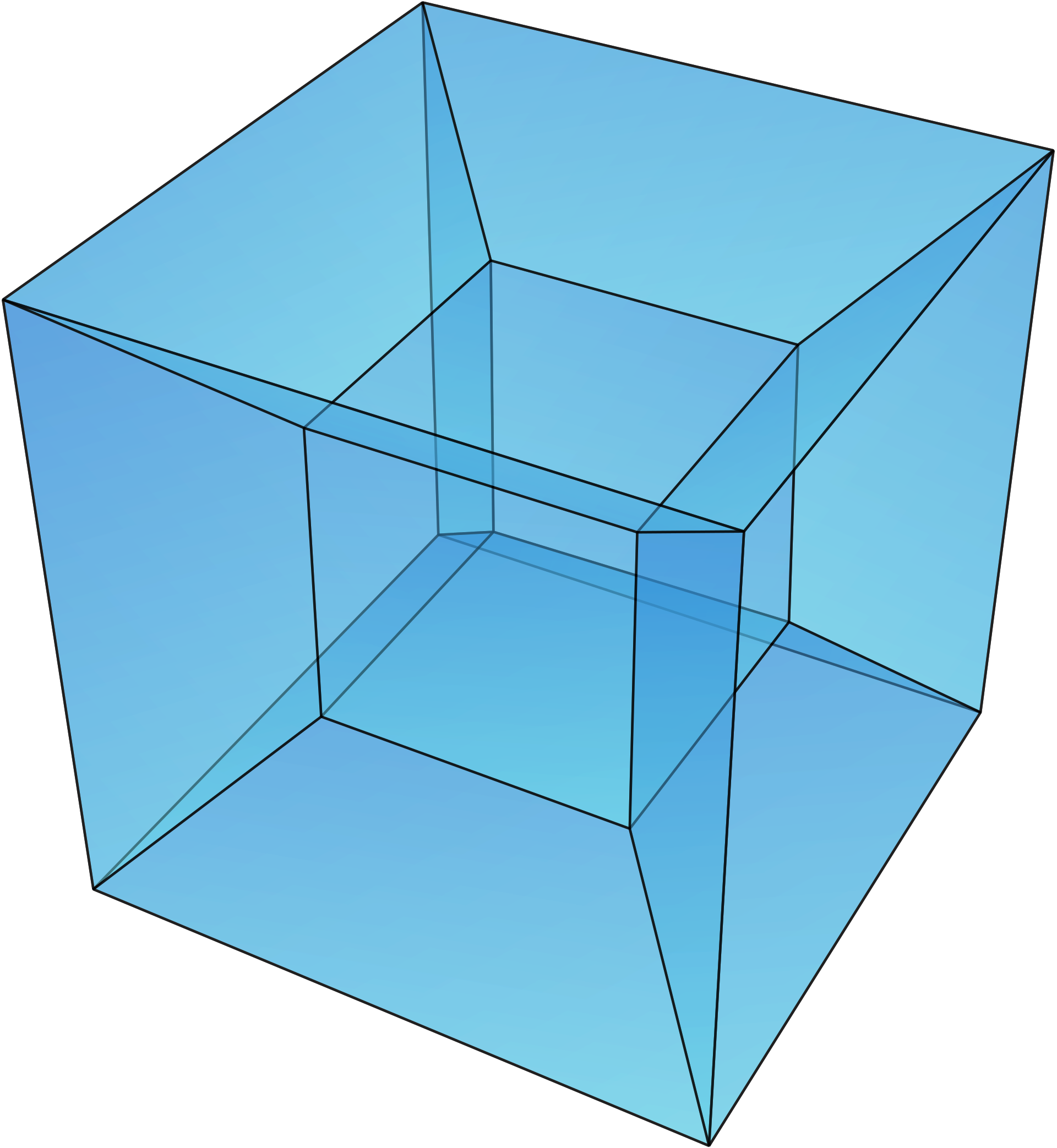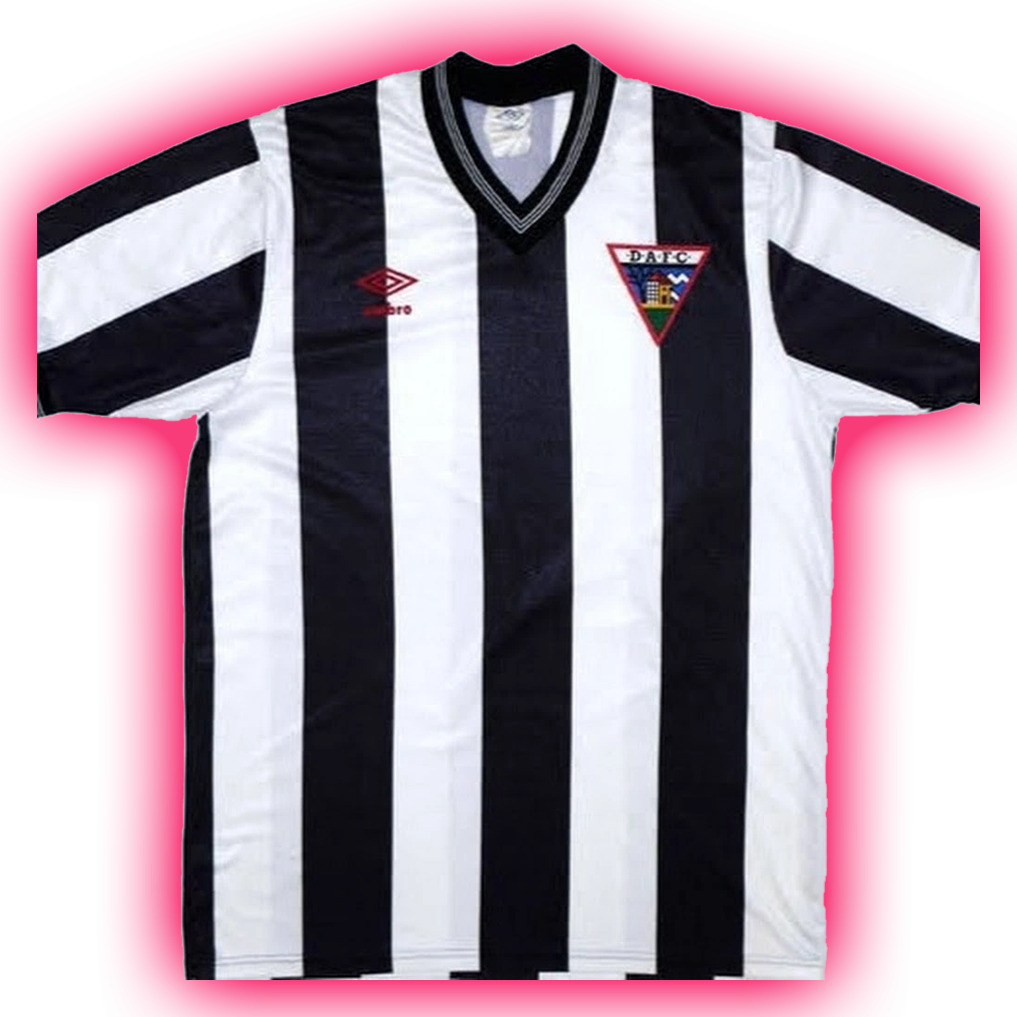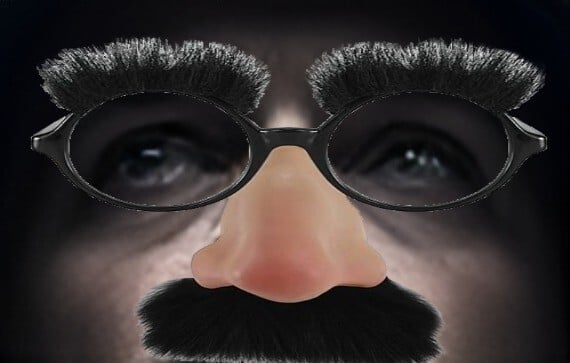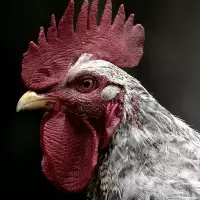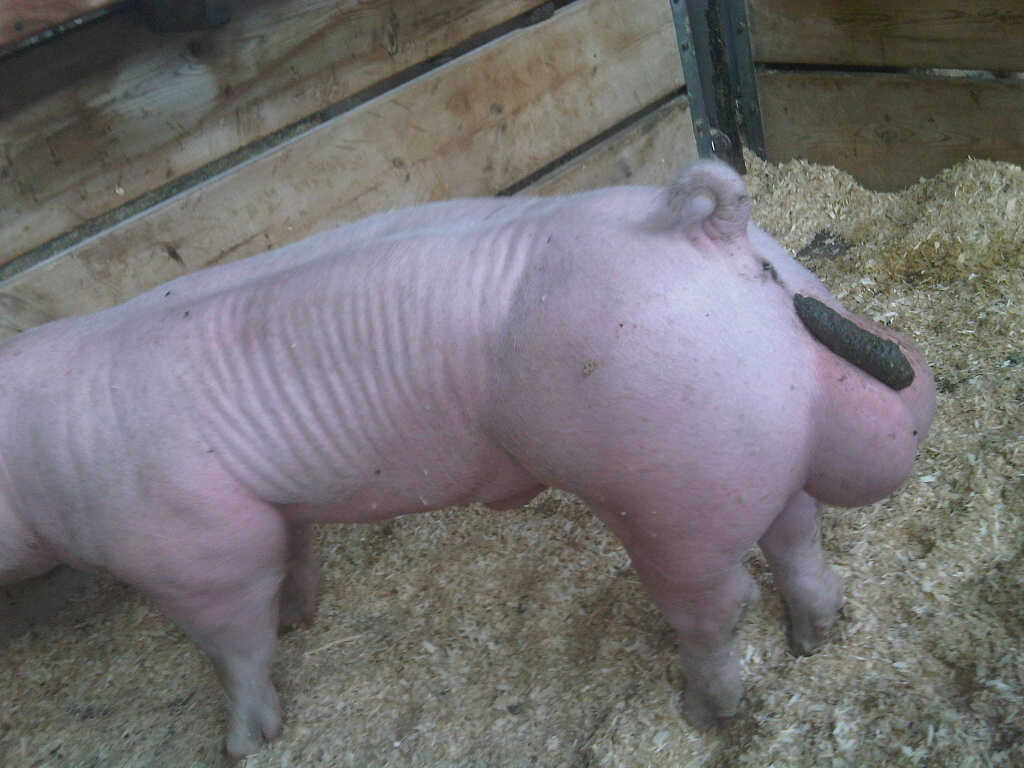Idk usually I just use either a scale or estimate. Cooking is pretty much all vibes based. The only thing I even measure is coffe in g and stuff for baking in 10s of g.
“a bowl” of flour
Trying to interpret old recipes is a pain
A pint. Preferably of a nice cold lager, but I’m open to suggestions.
Save me a seat
Decibels
Microacres^(3/2)
A peck, equivalent to 2 dry gallons. Yay imperial units!
100 ml is pretty easy to use. You can multiply it or divide it evenly without having to think at all.
Imagine having to fill a 5 gal bucket using a 100ml container.
5 gallons is circa 19 liters. So when the liquid is water, then you don’t need to use the 100 ml container. 1 liter of water weights 1 kilogram, so put the 5 gallons bucket on a scale and pur in 19 kilograms of water.
I sometimes like to make simple, big, one-pot meals that just rely on increments of tablespoons for spices and cups for lentils/rice/etc.
My beloved teaspoon… When I’m too lazy to fish the tablespoon out of my coffee tin and clean it… three teaspoons
I would truly starve to death if I didn’t have a teaspoon
And let’s not forget how useful it is when making tea!

(I had to dig these from the back of a kitchen drawer, so not “favorites” exactly.)
these are clearly mislabeled
Two are clearly the same size as well…
My grandma is very partial to the easily reproducable measures “until it has the right consistency” and “until it has the right colour”. As in “add water until it has the right consistency” or “add milk until it has the right colour”. Nearly all her recipes use them.
Funnily enough the latter is also used by Aperol in their recipe for Aperol Spritz on their bottles. At least they provide a picture of what the “right colour” is supposed to be.
“Add flour until its not really sticky anymore” is basically what my great grandmother’s donut recipe says. Thanks! At least the rest is normal! Wait no it’s also includes “one cans worth” which is so bad. Shrink on cans is so bad.
My grandma’s recipe for Spätzle (egg-based noodles) is: “You start with the amount of eggs you need for the amount of people, add a bit of water, a pinch of salt and then flour until it has the right consistency.” Her recipe for pancakes is basically the same.
Even better, add emotions!
Season with salt until it tastes angry.
Or an Indian way: season with chilli until Europeans cry…
I’m also a fan of the “pinch”
1 mL. Studying chemistry has made that extremely useful and now other units seem ridiculous.
If we’re talking about geology or oceanography though, cubic meters are fine.
I prefer milligallons myself.
Wood Science must be a rather strange field.
I like how 1ml of water weighs about 1g
2000mL of water weighs 2kgs and 355mL weighs about 1/3kg.
To get my mind away from stupid imperial measures of weight, I think of bottles and cans of cola.
(Above is very approximate as sugar, packaging etc have weight. And conventional package size can vary by region.)
1 mL of pure water weighs exactly 1 g at 20 °C and 1 atm pressure :) It’s a defined standard, useful for calibrating other things.
The definition was actually for 4 °C, the point at which water is most dense. At 20 °C the density of water is about 0.997 g/mL. However, we don’t use water to define the metric system anymore, so even at 4 °C - or more precisely 3.983035(670) °C - water is not exactly 1 g/mL.
Mouthful or handful.
tbsp.
Hard same, big fan of big spoon!
Especially for cereal
Olympic swimming pools.


